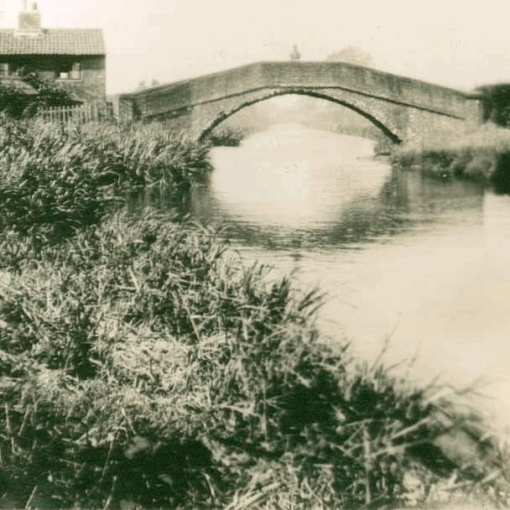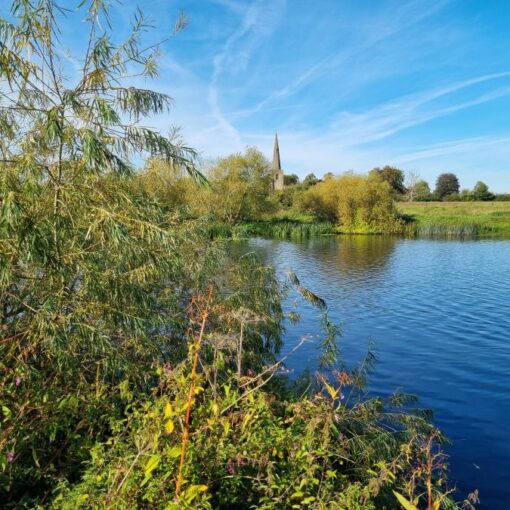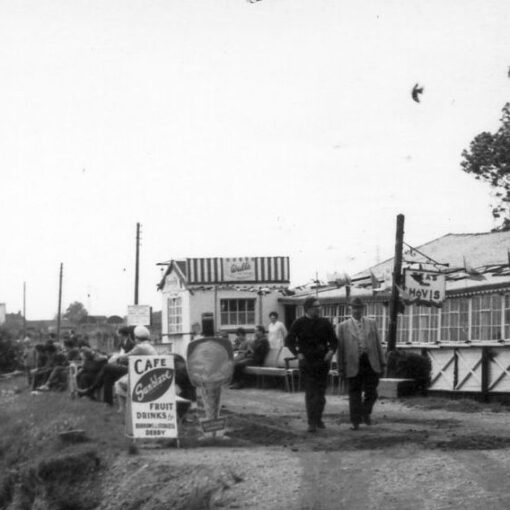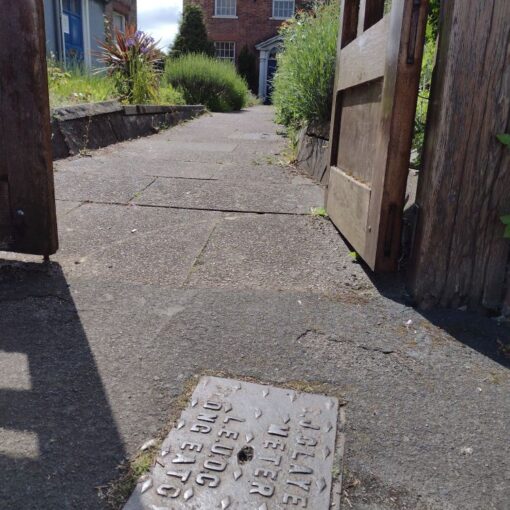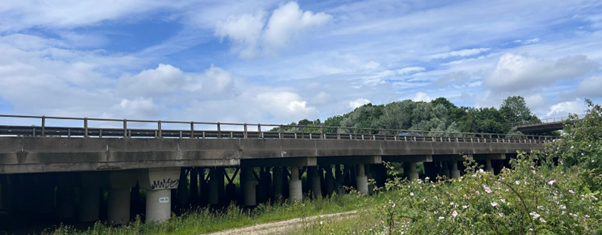
When the ‘London-Yorkshire Motorway’ (the M1) was being designed in the mid-1950s, the plan was for the whole stretch across the Trent near Sawley to be an elevated viaduct of 40ft high arches, – 20 arches north of the Trent and 20 to the south – so as not to block the flood plain.
Then, in 1957, a scale model of the whole area was built at the Government Hydraulics Research Station at Wallingford, Berks. The model represented about 5½ miles of the Trent and 1½ miles of the Derwent valleys, including bridges, flood banks etc. The model covered 3,200ft2 (298m2); an area equivalent area to about 1.15 tennis courts, or (in old money) 14.5 London buses.

Water was released across the model to represent a real-world flow of 35,000 cubic feet per second (991.09 m³/s) – the worst flood in recent history – which covered the valley to a depth of 3ft over a width of 8,000ft. The object of the modelling was to ensure that building the motorway would not cause the flood level upstream to rise more than another 3 inches.
The scientists found that the arches would be far less effective south of the Trent and so a revised plan was made using only 3 arches south of the river (over an old course of the river, south of the Plank and Leggit) and 20 arches north of the river (mostly over the oxbow lake, south of Wilne Road). The revised plan reduced the cost of crossing the Trent by £800,000 (equivalent to £16 million in 2024).
The stretch of the M1 between the Lockington roundabout (Junction 24) and the Sandiacre bypass (Junction 25) was opened on 25th May 1966.

Sawley and partially flooded Trent valley, 1949

